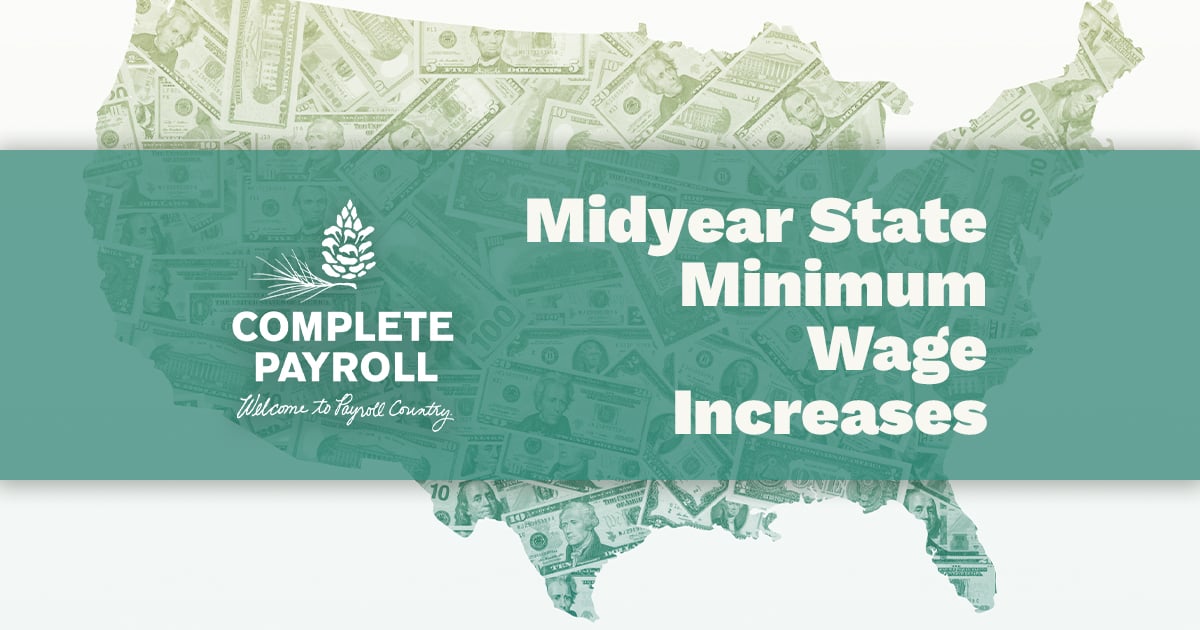Federal Mental Health Parity and Addiction Equity Act of 2008 (MHPAEA)
Overview of Law
The Mental Health Parity and Addiction Equity Act of 2008 (MHPAEA) requires group health plans to ensure that financial requirements (such as co-pays and deductibles) and treatment limitations applicable to mental health or substance use disorder benefits are no more restrictive than the requirements or limitations applied to most other medical or surgical benefits.
The MHPAEA supplements prior provisions of the Mental Health Parity Act of 1996, which required parity with respect to aggregate lifetime and annual dollar limits for mental health benefits. MHPAEA does not apply to employers with 50 or fewer employees, plans created before March 23, 2010, church-sponsored plans, or retiree-only plans.
Summary of Protections
The Mental Health Parity Act of 1996 (MHPA) provided that large group health plans cannot impose annual or lifetime dollar limits on mental health benefits that are less favorable than any such limits imposed on medical/surgical benefits.
MHPAEA preserves the MHPA protections and adds significant new protections, such as extending the parity requirements to substance use disorders. Although the law requires a general equivalence in the way MH/SUD and medical/surgical benefits are treated with respect to annual and lifetime dollar limits, financial requirements, and treatment limitations, MHPAEA does NOT require large group health plans or health insurance issuers to cover MH/SUD benefits. The law's requirements apply only to large group health plans and health insurance issuers that choose to include MH/SUD benefits in their benefits packages. However, the Affordable Care Act builds on MHPAEA and requires coverage of mental health and substance use disorder services as one of ten EHB categories in non-grandfathered individual and small group plans.
Key Changes
Key changes made by MHPAEA, which is generally effective for plan years beginning after October 3, 2009, include the following:
- If a group health plan or health insurance coverage includes medical/surgical benefits and MH/SUD benefits, the financial requirements (e.g., deductibles and co-payments) and treatment limitations (e.g., number of visits or days of coverage) that apply to MH/SUD benefits must be no more restrictive than the predominant financial requirements or treatment limitations that apply to substantially all medical/surgical benefits (this is referred to as the “substantially all/predominant test”). This test is discussed in greater detail in the MHPAEA regulation (linked below) and the summary of the MHPAEA regulation found below.
- MH/SUD benefits may not be subject to any separate cost-sharing requirements or treatment limitations that only apply to such benefits;
- If a group health plan or health insurance coverage includes medical/surgical benefits and MH/SUD benefits, and the plan or coverage provides for out-of-network medical/surgical benefits, it must provide for out-of-network MH/SUD benefits; and
- Standards for medical necessity determinations and reasons for any denial of benefits relating to MH/SUD benefits must be disclosed upon request.
Exceptions
There are certain exceptions to the MHPAEA requirements.
Except as noted below, MHPAEA requirements do not apply to:
- Self-insured non-Federal governmental plans that have 50 or fewer employees;
- Self-insured small private employers that have 50 or fewer employees;
- Group health plans and health insurance issuers are exempt from MHPAEA based on their increased cost (except as noted below). Plans and issuers that make changes to comply with MHPAEA and incur an increased cost of at least two percent in the first year that MHPAEA applies to the plan or coverage or at least one percent in any subsequent plan year may claim an exemption from MHPAEA based on their increased cost. If such a cost is incurred, the plan or coverage is exempt from MHPAEA requirements for the plan or policy year following the year the cost was incurred. The plan sponsors or issuers must notify the plan beneficiaries that MHPAEA does not apply to their coverage. These exemptions last one year. After that, the plan or coverage is required to comply again; however, if the plan or coverage incurs an increased cost of at least one percent in that plan or policy year, the plan or coverage could claim the exemption for the following plan or policy year; and
- Large, self-funded non-Federal governmental employers that opt-out of the requirements of MHPAEA. Non-Federal governmental employers that provide self-funded group health plan coverage to their employees (coverage that is not provided through an insurer) may elect to exempt their plan (opt-out) from the requirements of MHPAEA by following the Procedures & Requirements for HIPAA Exemption Election posted on the Self-Funded Non-Federal Governmental Plans webpage and issuing a notice of opt-out to enrollees at the time of enrollment and on an annual basis. The employer must also file the opt-out notification with CMS.
Note, these exceptions do not apply to those non-grandfathered plans in the individual and small group markets that are required by Affordable Care Act regulations to provide EHB that comply with the requirements of the MHPAEA regulations.
Got a labor law question?
Our team helps employers with labor law compliance every day. Complete the form below to ask a question or request some help.
General Disclaimer
The materials and information available at this website and included in this blog are for informational purposes only, are not intended for the purpose of providing legal advice, and may not be relied upon as legal advice. The employees of Complete Payroll are not

















